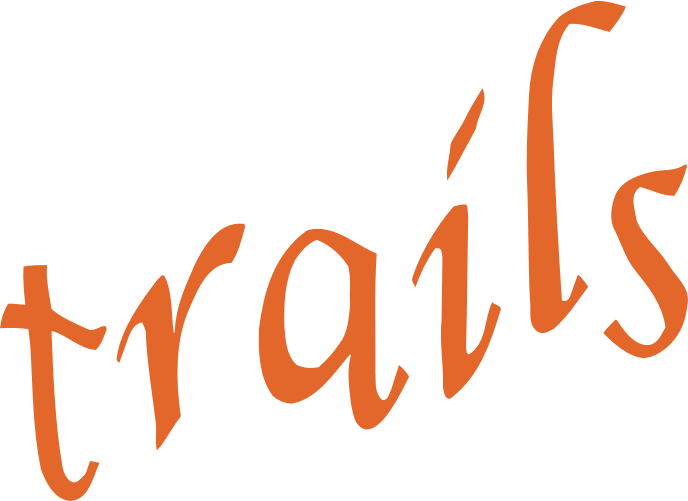-
measure Child Oral Health Impact Profile (COHIP) - short form
Study: Generation R Mode of collection: SelfAdministeredQuestionnaire Available measurements: Generation R 9-10 years 13-14 years 17-18 yearsThe Child Oral Health Impact Profile (COHIP) - short form is designed to measure the impact of oral health on children's quality of life. It consists of 11 questions about the child's oral health and how it affects their social-emotional wellbeing, functional wellbeing, and school and peer interaction. The items are scored on a 5-point Likert scale.Created October 17, 2024 • Updated October 20, 2024 -
measure Prosocial Behavior
Study: RADAR Mode of collection: SelfAdministeredQuestionnaire Available measurements: Old Cohort RO - W5 RO - W6 RO - W7 RO - W8 RO - W9 RO - W10 RO - W11 RO - W12 RO - W13 RO - W14
Young Cohort RY - W1 RY - W2 RY - W3 RY - W4 RY - W5 RY - W6 RY - W7 RY - W8 RY - W9 RY - W10 RY - W11Prosocial Behavior (PB) assesses self-reported prosocial behavior with items such as "Usually I always fulfill my promises." and "I am willing to lend other people money if they really need it." It is based on the Self-report of Aggression and Social Behavior Measure by Morales & Crick and an adjusted version of Linder et al. (2002).Created October 17, 2024 • Updated October 20, 2024 -
measure Self-Report of Aggression and Social Behavior Measure (SRASBM)
Study: RADAR Mode of collection: SelfAdministeredQuestionnaire Available measurements: Old Cohort RO - W5 RO - W6 RO - W7 RO - W8 RO - W10 RO - W11
Young Cohort RY - W1 RY - W2 RY - W3 RY - W4 RY - W5 RY - W6 RY - W7 RY - W8The Self-Report of Aggression and Social Behavior Measure (SRASBM) assesses perpetrators and victims of proactive and reactive forms of overt and relational aggression. It includes nine subscales: Physical aggression total, Physical aggression proactive ("I try to get what I want by physically threatening someone."), Physical aggression reactive ("When...Created October 17, 2024 • Updated October 20, 2024 -
measure Victimization
Study: RADAR Mode of collection: SelfAdministeredQuestionnaire Available measurements: Old Cohort RO - W5 RO - W6 RO - W7 RO - W8 RO - W9
Young Cohort RY - W1 RY - W2 RY - W3 RY - W4 RY - W5 RY - W6Victimization assesses the degree to which adolescents have been subject to others' delinquent and aggressive behaviors as self-report scale (based on Nieuwbeerta, 2002).Created October 17, 2024 • Updated October 20, 2024 -
measure Network of Relationships Inventory (NRI)
Study: RADAR Mode of collection: SelfAdministeredQuestionnaire Available measurements: Old Cohort RO - W1 RO - W2 RO - W3 RO - W4 RO - W5 RO - W6 RO - W7 RO - W8 RO - W9 RO - W10 RO - W11 RO - W12 RO - W13 RO - W14
Young Cohort RY - W1 RY - W2 RY - W3 RY - W4 RY - W5 RY - W6 RY - W7 RY - W8 RY - W9 RY - W10 RY - W11The Network of Relationships Inventory (NRI) assesses the extent to which adolescents' dyadic relationships with romantic partners, friends, and parents are each characterized by behaviors commonly involved in the attachment, caregiving, and affiliative behavioral systems.Created October 17, 2024 • Updated October 20, 2024 -
measure Children’s Social Behavior Questionnaire (CSBQ)
Study: TRAILS Mode of collection: SelfAdministeredQuestionnaire Available measurements: Population cohort POP - T1 POP - T2 POP - T3 POP - T4
Clinical cohort CC - T1 CC - T2 CC - T3 CC - T4
The Next Generation NEXT - T4 NEXT - T5The Children’s Social Behavior Questionnaire (CSBQ) is a validated assessment of autism spectrum problems in children. It includes items on tuning behavior/emotions to the situation, social contact, social insight, fear of and resistance to change, stereotyped behavior, and orientation problems in time, place or activity.Created October 17, 2024 • Updated October 20, 2024



